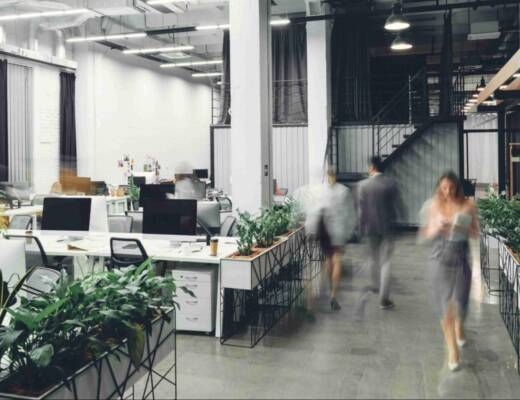Now, it seems a bit antithetical for an owner of a PR firm to teach others the tricks of the PR trade. I thought, “Do I really want to give away the secrets to PR success?” But then I thought long and hard about what it means to be an entrepreneur and the sometimes financial roller coaster the thrill of sole proprietorship can bring. What if I had a different type of business? Would I be able to afford an expensive PR agency? Probably not. If I were making cut backs, would my PR expenses be one of the first things to go? Probably so. If I had to tackle PR on my own, would I appreciate and try to soak up any tips I could acquire? Heck yeah!

So, the entrepreneur (and not the publicist) in me is giving the green light on some DIY PR tips that will help your company get the publicity and exposure you want, so you can focus on what you do best—running your business efficiently and successfully.
DIY PR – Five Rules
1. Strategize, Don’t Execute.
Ok, let’s be frank. Entrepreneurs are busy people. There’s never enough time in the day to handle our own day-to-day operations, much less make time to educate ourselves on PR. If the idea of a ‘one man PR show’ is too much to bear, consider bringing on a PR student, intern or—if a budget permits—an entry level, in-house employee to assist. In the agency world, there are senior level strategists, and there are junior level executers. It’s your job to learn as much about PR as possible through research, networking and self-taught mechanisms. But an extra, junior-level hand to help with execution is a DIY PR must.
2. Sharpen Your Tools.
PR practitioners often refer to marketing, collateral and press materials as “tools.” These are the very pulse and heartbeat to our survival and daily communication with the media. We may have a great pitch and story idea, but if an editor or journalist requests more information, we have to be prepared to supply them with the tools they need to write a full story. Just as websites are often geared toward your consumer, the media relies on specific, formatted content about your company written in a way that appeals to them. In essence, research and find samples of press kits, fact sheets, bios, speeches and one sheets, and use them as models to help you to develop the proper media tools.
3. Quality Versus Quantity.
Thanks to the internet and social networking sites, media contacts are relatively easy to find. If you have one journalist’s email address from a publication, you can guess another’s. If you have the main number to the magazine, the receptionist can connect you to the editor you’re looking for. Part of the DIY plan includes creating your own industry-specific media database. Big agencies pay top dollar for online databases and media lists. There’s a bit more work and time involved with creating your own lists, but it’s certainly do-able. Your ‘executer’ should be continually researching, developing and updating a solid database of comprehensive media, specific your industry. It’s about quality, not quantity—reaching the right journalists and not just any journalist.
4. Journalists Are People Too.
Journalists receive so many pitches, story ideas and free products from strangers, it takes real, genuine relationships to really get their attention. Even publicists have been in the ‘stranger’ category at some point, but we’re savvy when it comes to relationship-building tactics. It’s important to remember that journalists are people too, and they appreciate genuine interest in their work. Whether dropping a ‘hey there loved that last piece you did’ email, treating them to lunch quarterly, or mailing your newly launched toy line addressed to their kids, it takes a genuine, consistent approach to get the outcome you’re looking for. It may not happen overnight; but, when it comes to the next big story, that journalist will certainly remember you versus your competitor thanks to the remote-control toy truck you gave his three-year-old son Bobby last Christmas.
5. Figure Out Your Story.
Every entrepreneur has an interesting story to share with the media. The full page feature article you’re looking for may not be on how great your product is, but rather, how you dropped out of business school, became a missionary in Africa and then launched one of the fastest growing niche social networking sites in the country—at age 27. Essentially, you’ll need to come up with a list of specific story angles that journalists may be interested in. Figure out what makes you different and unique and turn it into a potential story. Whether product or service related, personal, corporate or simply inspirational, identify different angles and the corresponding publications, media outlets and journalists that may find an interest in them.
In summary, (and the publicist and entrepreneur in me can’t believe I’m admitting this) but DIY PR is sometimes the better option— especially for entrepreneurs in the start-up phase or if budget is of major concern. But if you’re going to give it a go solo, remember that continual education is essential. Keep reading, researching and picking the brains of industry professionals. You’re sure to get the results you’re looking for (…eventually, says the publicist).
Danita King is Principal and Founder of PR Noir, a boutique PR firm based in New York City. She holds an M.S. in corporate public relations from Boston University.
Related Post: 5 Types of Freelancers You Need






